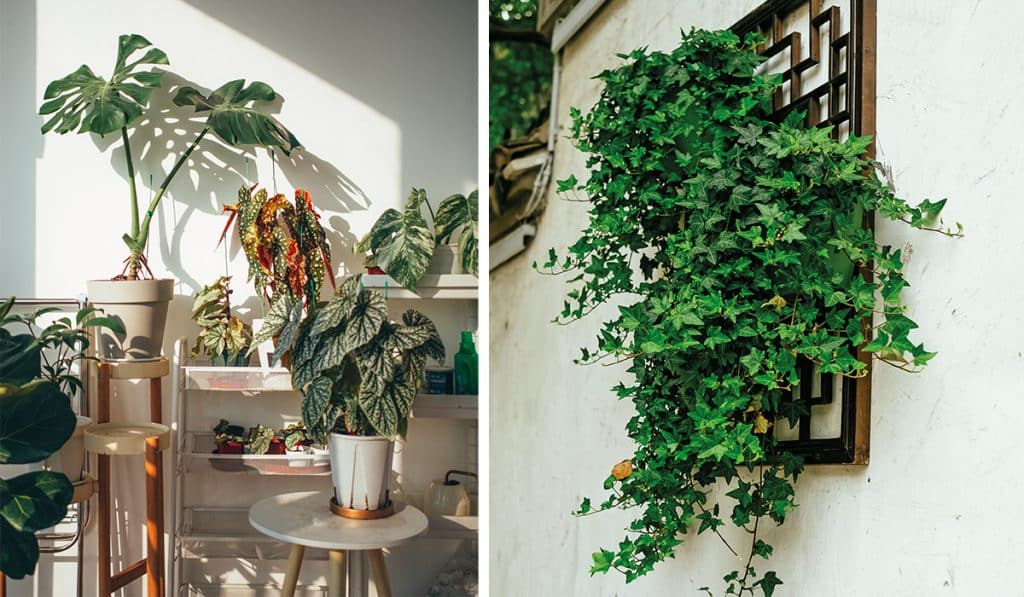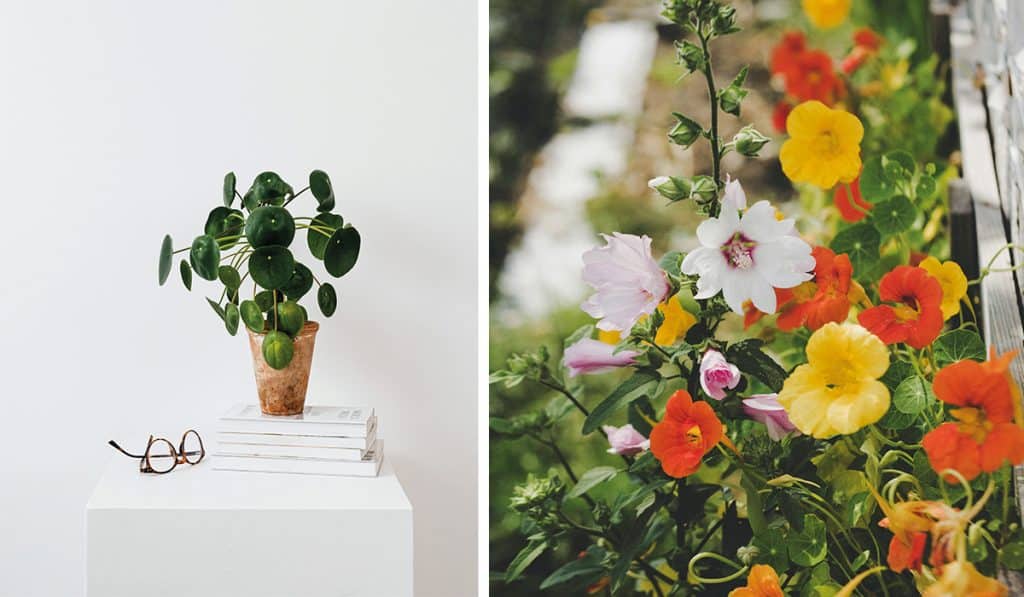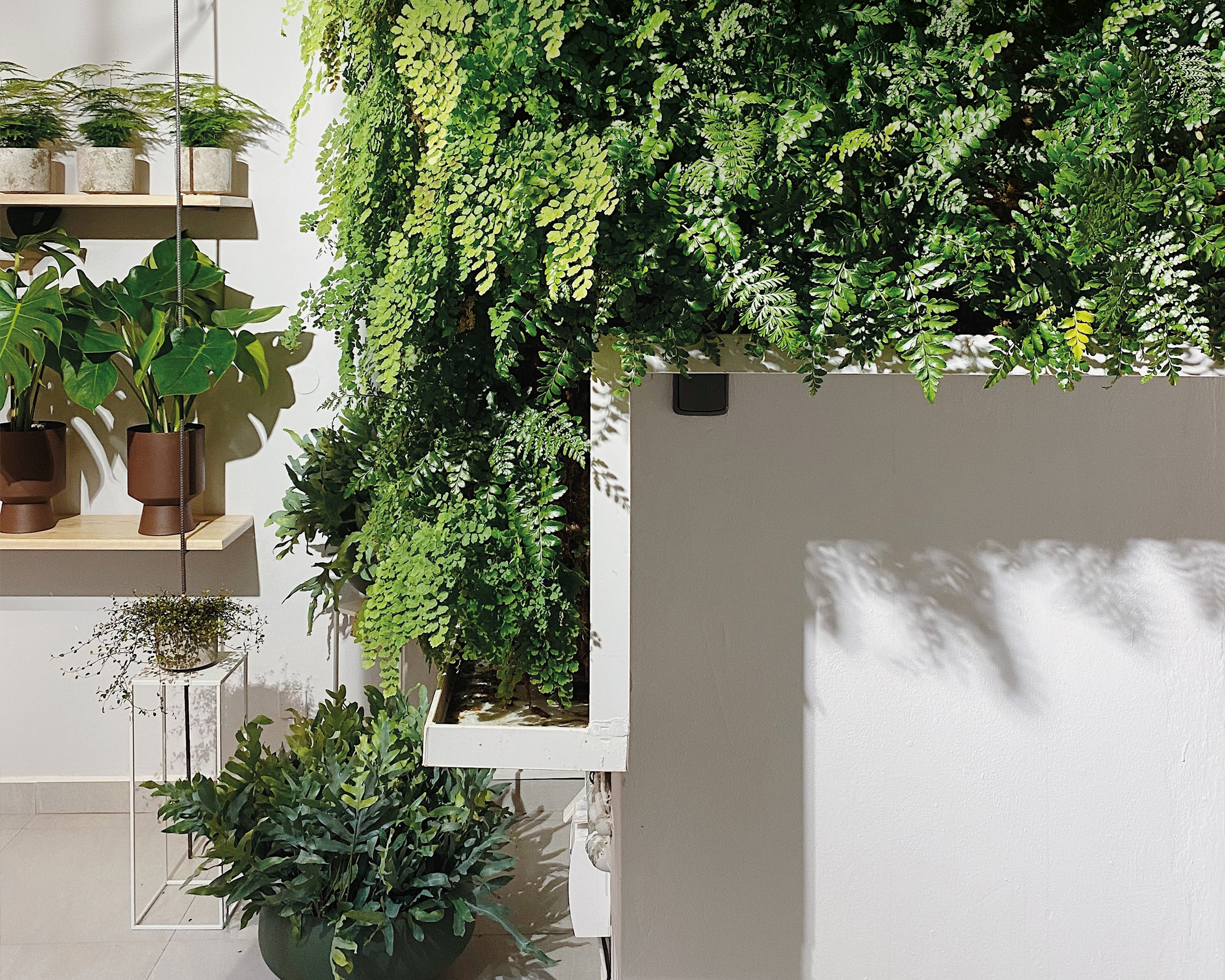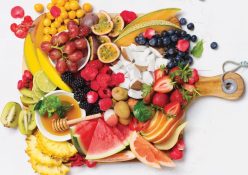Keep life simple with low-maintenance pot plants, easy plants for garden beds and striking groundcover go-tos.
Green spaces are good for the environment and for your mental well-being, but what if you just don’t have green fingers? No matter how many plants you’ve killed, there’s hope for you yet with our tips for even the most gardening-impaired.

Bring it inside
As a rule of thumb, indoor plants are easier to care for, as you can control the variables instead of subjecting them to rain, wind and temperamental temperatures. There’s a reason every gardening article mentions the delicious monster (Monstera deliciosa). Sure, it’s in fashion at the moment, but it’s also a fool proof plant for beginners and brings bang for buck with its striking, glossy leaves. What’s better than a plant that’s easy to grow?
One that grows more of itself! If the Chinese money plant (Pilea polybotrya) is happy, it will start producing mini plants that you can transplant and share with friends. The hen-and-chickens or spider plant (Chlorophytum comosum) does something similar, with the main plant (the hen) sending out plantlets (the chickens). These baby plants appear at the ends of the fl ower-bearing stems and develop roots once they touch the soil. For rooms such as bathrooms with low light and high humidity, ferns are great. The sword fern (Nephrolepis exaltata) will grow happily in full shade, while the staghorn fern (Platycerium bifurcatum) prefers semi-shade. Asparagus ferns (Asparagus setaceus) or plumosa ferns (Asparagus plumosus) with their delicate, feather-like foliage are beautiful.
Solid ground
Creepers and groundcovers are low-lying, spreading plants that are handy for hiding grotty walls or covering open patches of soil. A really foolproof option is the nasturtium family (Tropaeolum majus is a common species). With full sun and regular water, their yellow and orange flowers will easily spread across a large area.
Ivy is possibly the best-known creeper. Common or English ivy (Hedera helix) and Canary Island Ivy (Hedera canariensis) are easy to cultivate, as they will grow in anything from full sun to full shade.
Unfortunately, they grow a little too well and easily become invasive. Because of this, only certain cultivars may be grown in South Africa. (Don’t worry – your nursery will only sell you the “good” ones.) Cut them back regularly so that they don’t drown other plants and you’ll enjoy their foliage year-round.

The green stuff
When in doubt, opt for an indigenous plant (suited to your region) – chances are it’ll be easier to grow, as it’s adapted to your conditions. The spekboom (Portulacaria afra) is naturally found throughout eastern South Africa. It can grow into a small tree, but it’s usually grown as a shrub in gardens, where it does well when trimmed into a hedge. It’s well-known for absorbing loads of carbon – definitely a bonus! If you fancy growing herbs, woody variants such as lavender, rosemary and sage are much less finicky than soft, leafy herbs.
These plants are native to the Mediterranean, making them suitable for hotter, drier areas. Sages such as the common sage (Salvia o cinalis) and African sage (Salvia africana) have hairy, greyish leaves as well as lovely purple or blue flowers almost all year round. Rosemary (Salvia rosmarinus) and lavender (Lavandula) are both shrubby and can be pruned to form borders or hedges. Popular lavender varieties suited to our climate include Margaret Roberts Lavender (Lavandula x intermedia “Margaret Roberts”), Spanish lavender (Lavandula stoechas) and French lavender (Lavandula dentata).
In bloom
If it’s flowers that you’re after, there are various bright and beautiful plants that don’t require a ton of effort to keep alive. Pelargoniums (sometimes also called geraniums) have flowers in shades from white to pink, red and purple. Zonal pelargoniums (Pelargonium x hortorum) grow quite bushy, while regal pelargoniums (Pelargonium x domestica) have bigger flowers.
Ivy-leaved pelargoniums (Pelargonium peltatum) will trail beautifully from a hanging basket. For sheer sunshiny brightness, you can’t beat marigolds (Tagetes erecta and Tagetes patula), with their orange, red and yellow flowers. They are commonly available as seedlings, but they will also grow fairly easily from seed (and will reseed themselves if left to die down). They are often used as companion plants to keep aphids and other pests away from veggies. Another super reseeder is Cosmos: One of the most common species in South African gardens is Cosmos bipinnatus, which has pretty bright pink flowers with golden centres.
Gardeners’ guides
Nothing can replace personal gardening advice from a pro, but some modern plant apps can come pretty close. There are loads to choose from, with different purposes – from simply identifying plants to cataloguing your babies and providing specific growing advice. A few good ones to check out are Planta, Vera, PlantNet and Blossom. If your phone’s not always at hand, a great book for beginners is How Not to Kill Your Houseplant by Veronica Peerless. From orchids to hardy cacti, this nifty book has cute illustrations that guide you through the process of keeping various common plants alive and thriving.
Words: Amy Lehner
Photography: Bureaux







